The successor to the Pagani Huayra, called Utopia, has been revealed, fitted with a manual gearbox, V12 naturally aspirated engine and features a lightweight design.
In a step away from rivals’ moves towards electrification and the inevitable weight penalty, the Utopia – the Italian marque’s third hypercar – has been built around more traditional character traits of lightness and “driving pleasure”. The car’s carbon tub ensures it tips the scales at 1280kg, which is 67kg less than the Huayra and 716kg lighter than rival (and electric-powered) Pininfarina Battista.
Pagani has also taken the decision to ditch the Huayra’s seven-speed sequential automatic gearbox. Instead, the Utopia uses a lightweight seven-speed manual transmission from Xtrac – the first self-shifter since early Zonda models – with a gated shift design. In a nod to useability, customers can opt to switch to an automatic mode for urban driving.
“However intelligent automatic transmissions may have become, nothing can replace the driver’s own mastery of the gearchanges”, said the firm, on its decision to bring back the manual.
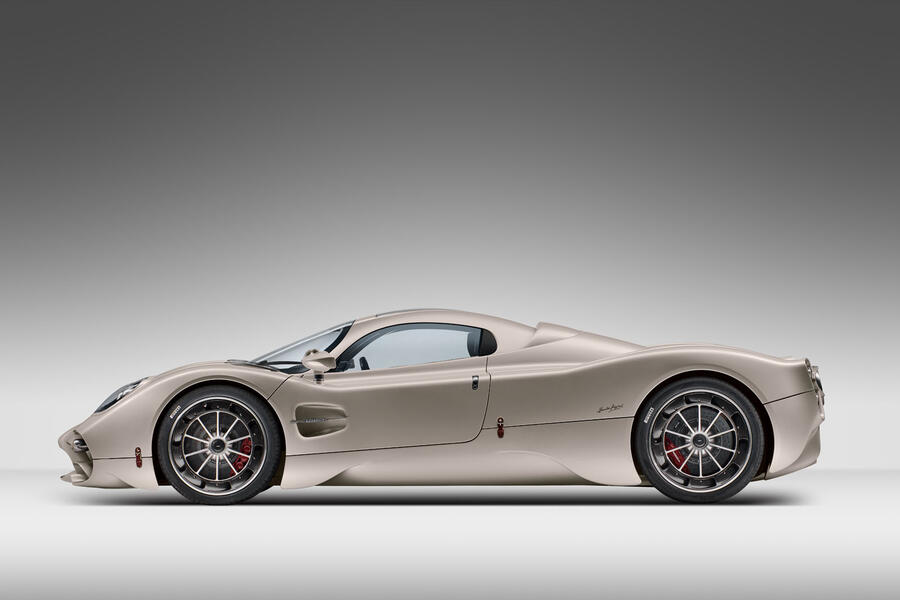
Fitted with an electromechanical differential, the Utopia’s new manual ‘box drives an uprated version of Pagani’s Mercedes AMG-sourced 6.0-litre twin-turbocharged V12, which now produces 864bhp, and 809lb ft. This is 58bhp more than the most powerful Huayra - the one-off NC variant.
Stopping power comes in the form of Brembo carbon-ceramic disc brakes, which sit within 21in forged alloys (22in at the rear). Wrapped in ultra-sticky Pirelli PZero Corsa tyres, they hide independent double wishbone suspension all-round with helical springs and electronically controlled shock absorbers.

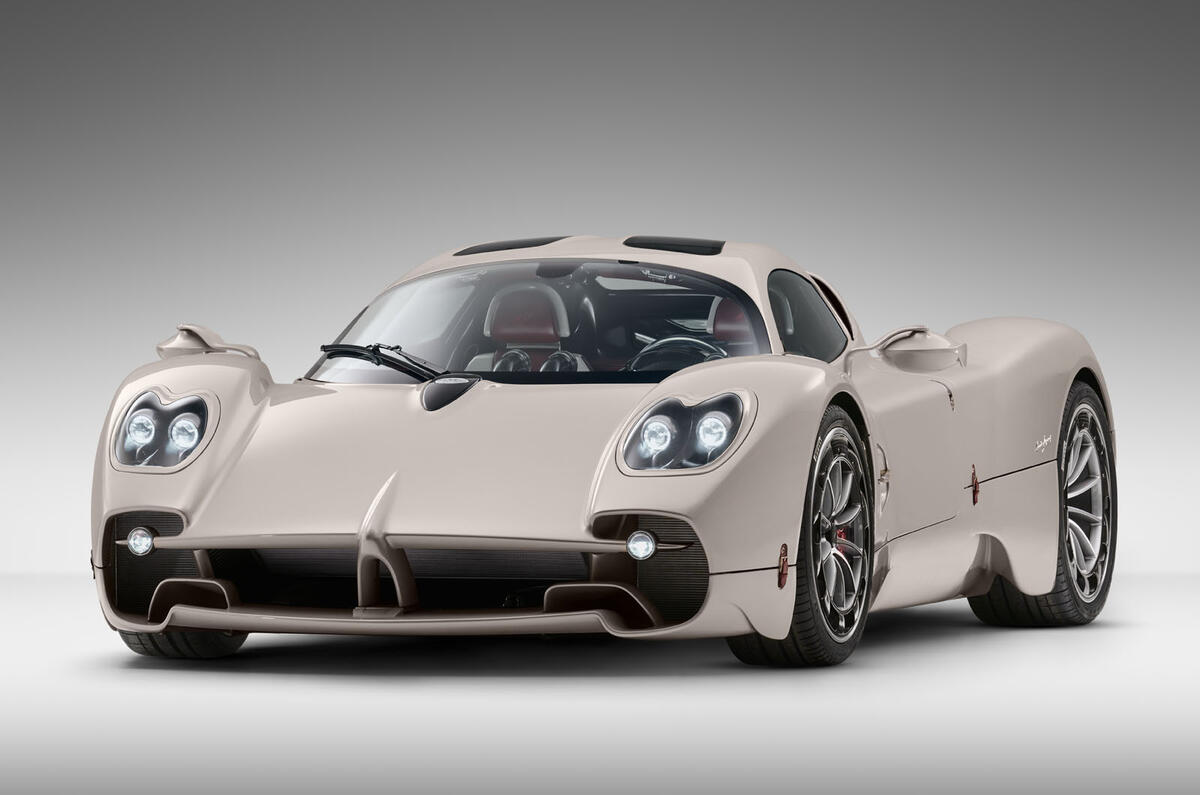
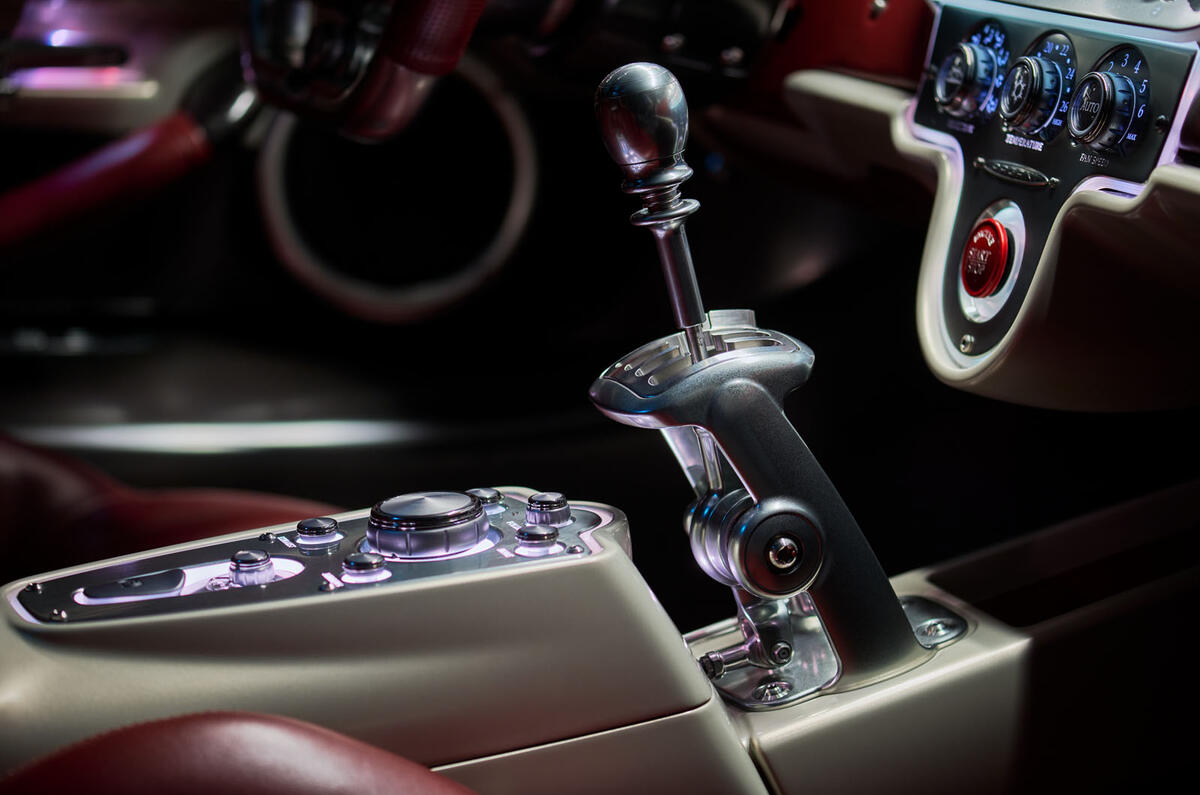
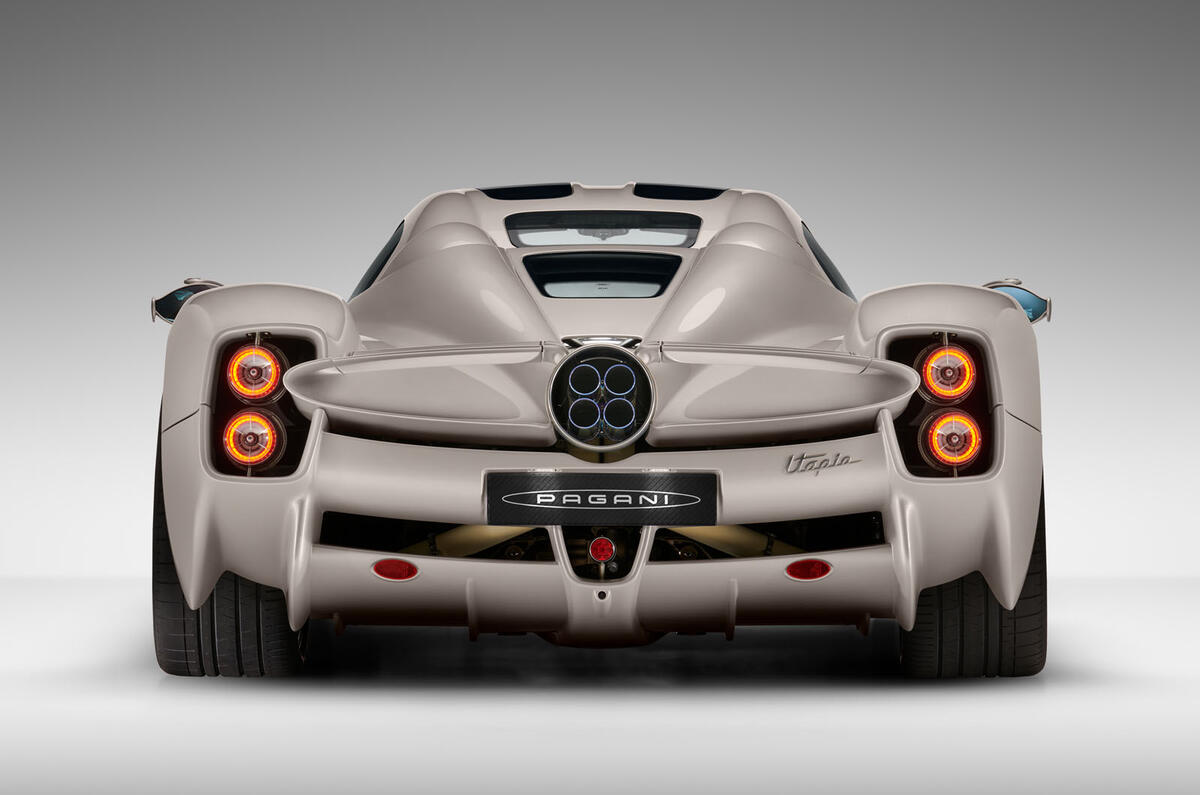
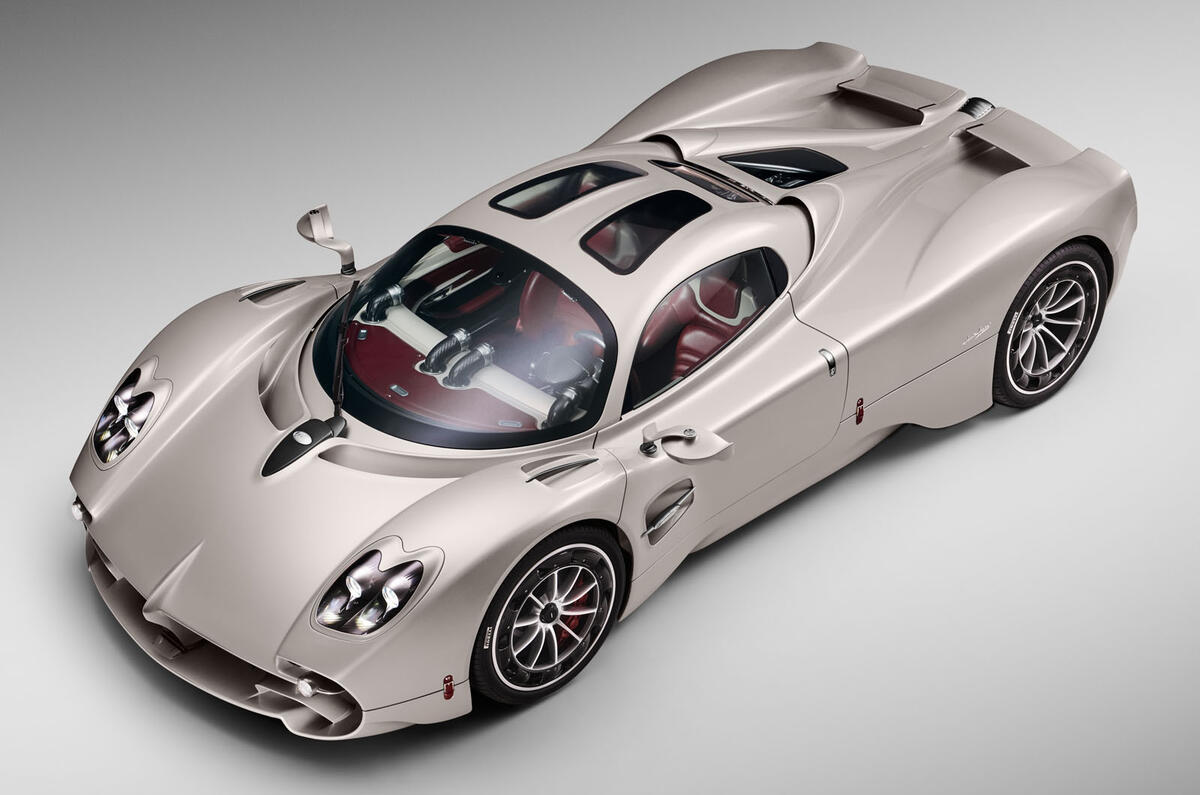
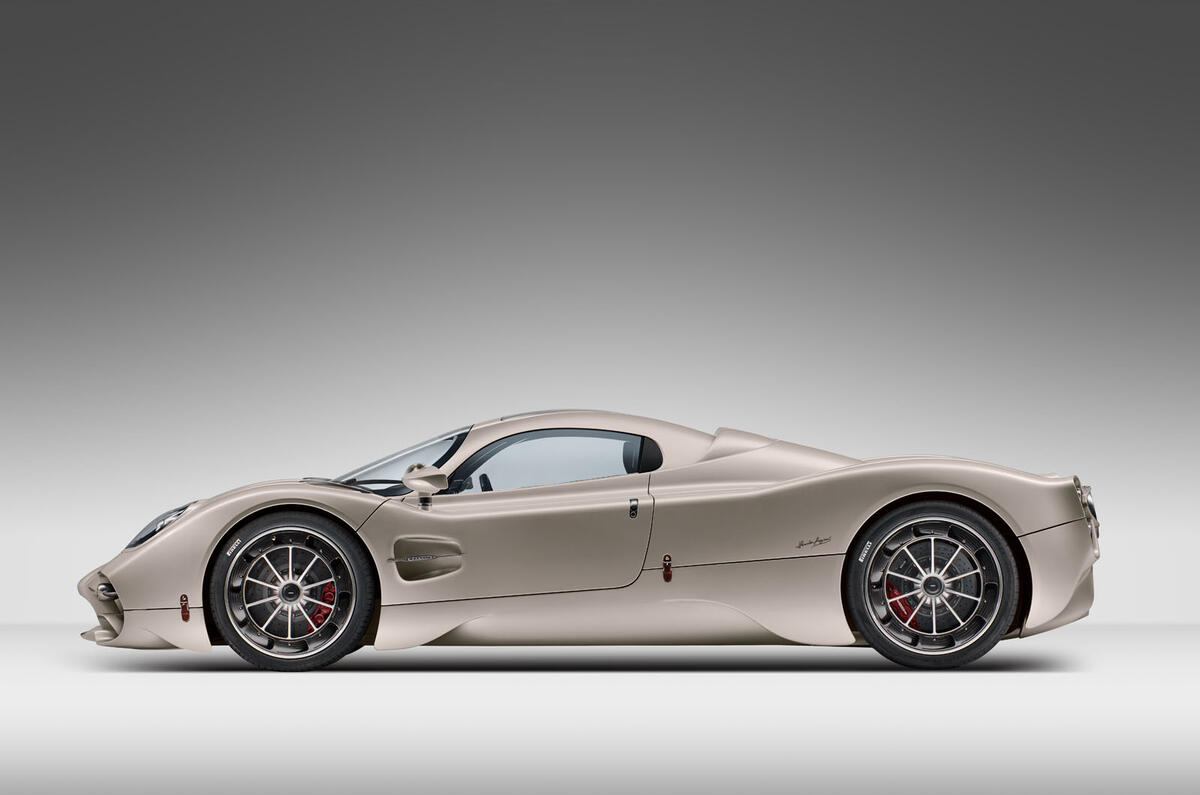
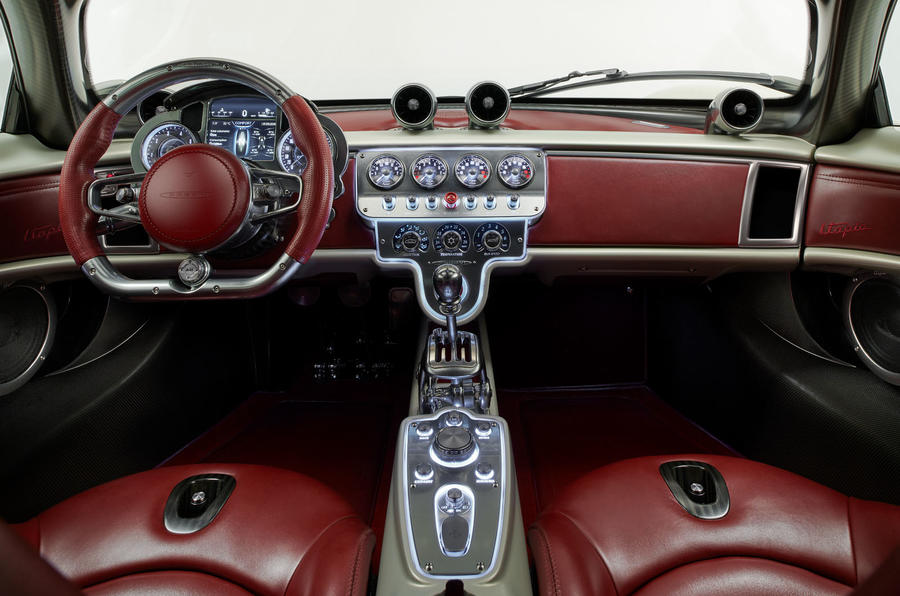
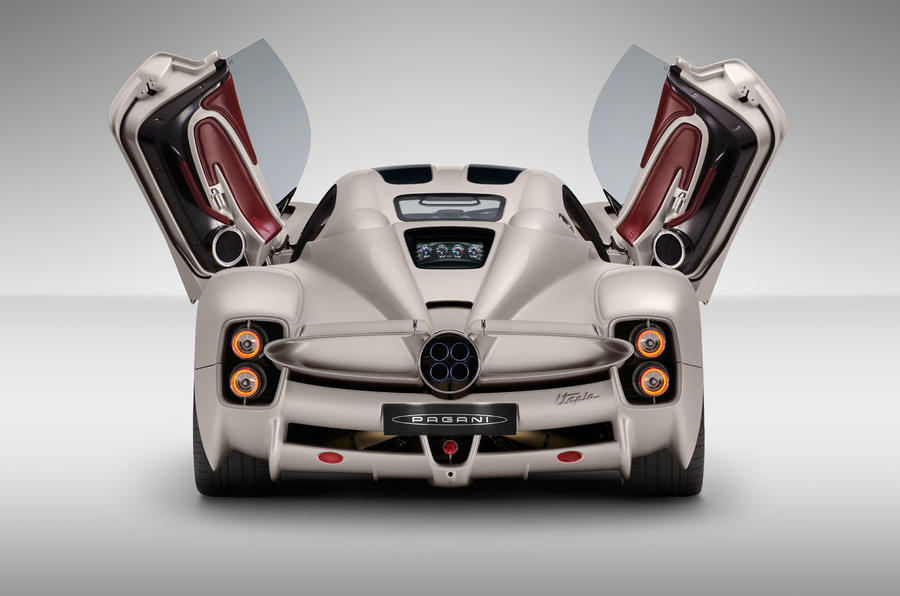
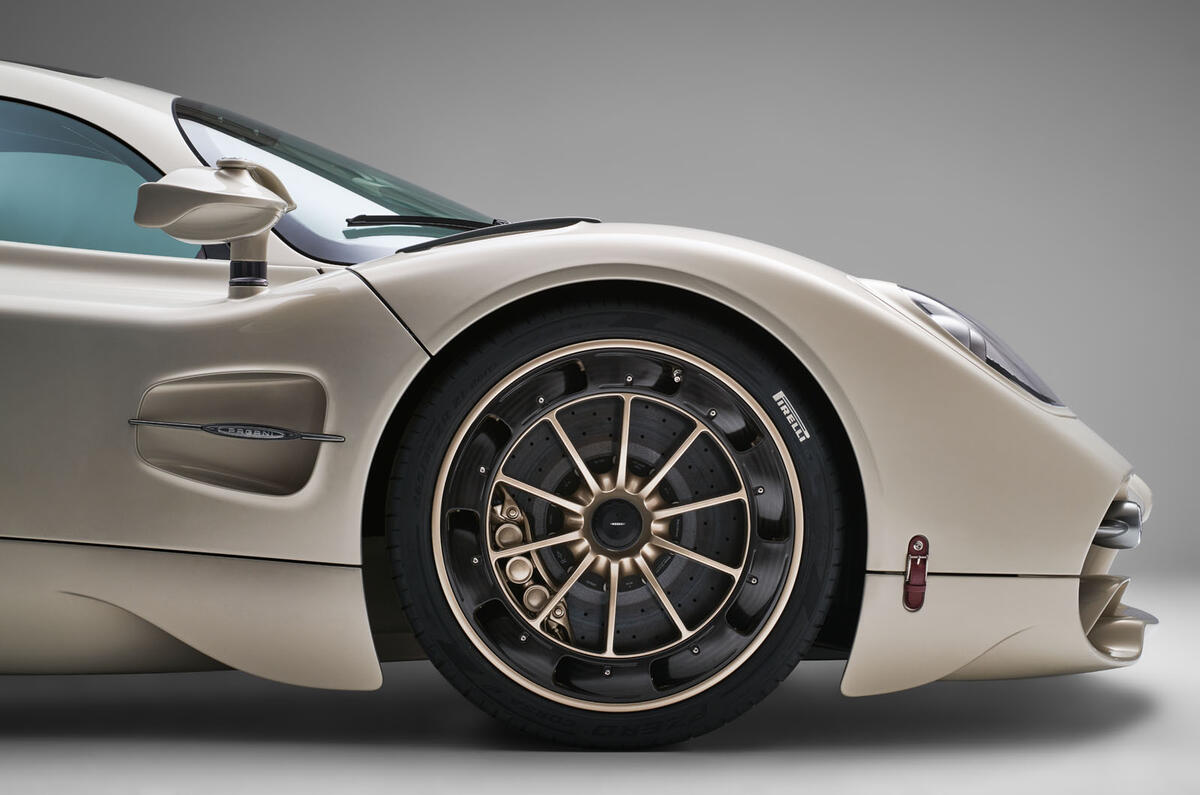
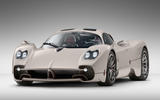








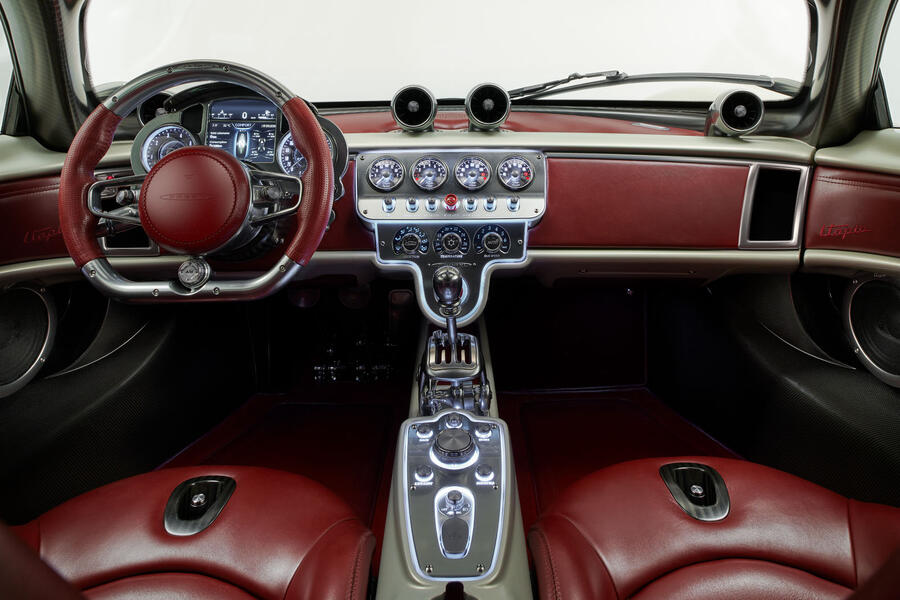
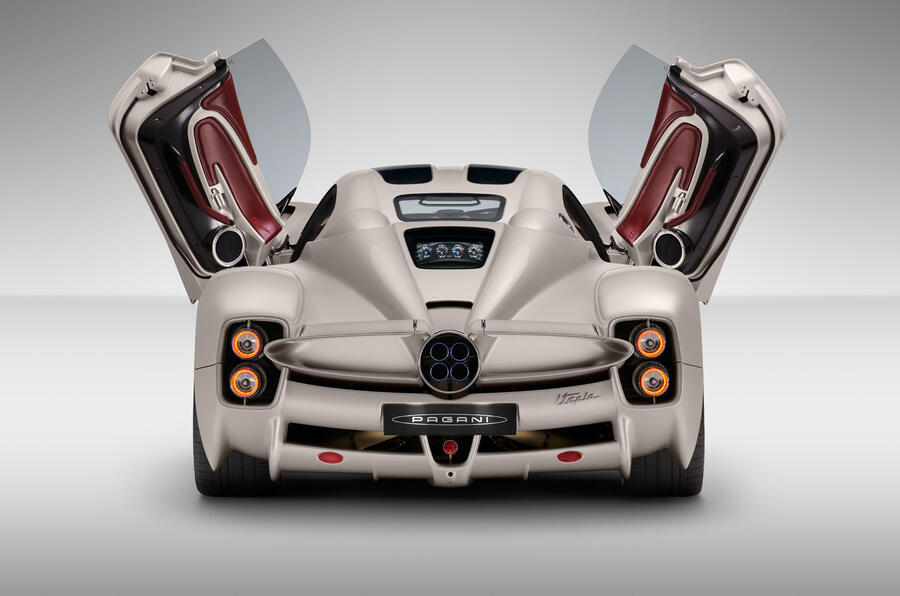





Join the debate
Add your comment
Evolutionary styling, but still appealing. Also nice to see Pagani sticking with analogue dials and switches, buttons and not following the 'everything on screens/touchscreens' obsession taking over the industry
Is this an all new car, or a facelifted/revised Zonda? When you look at them both together there's a lot of similarities.